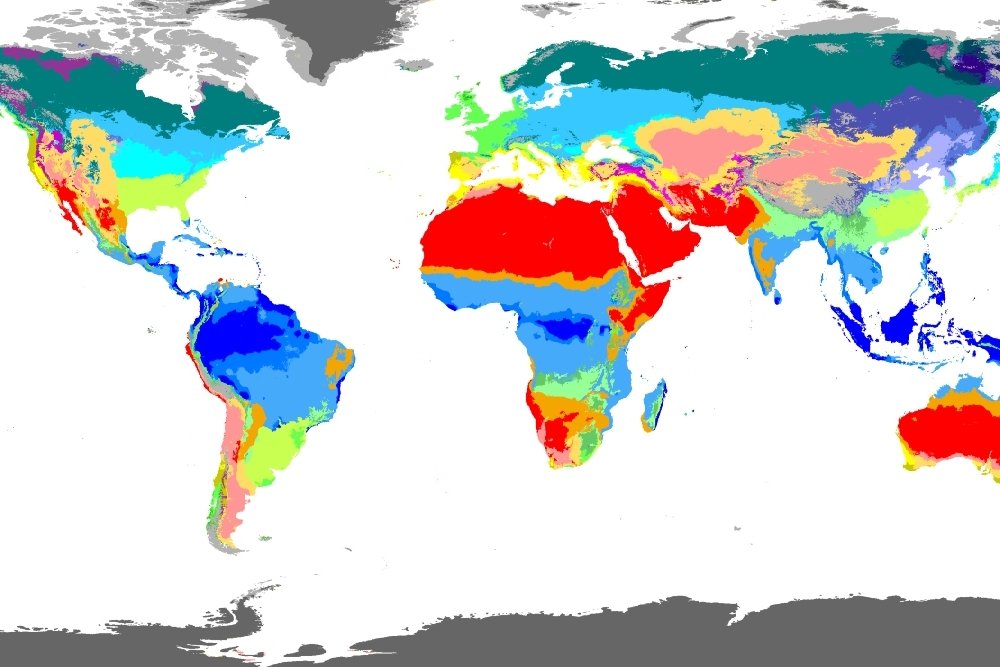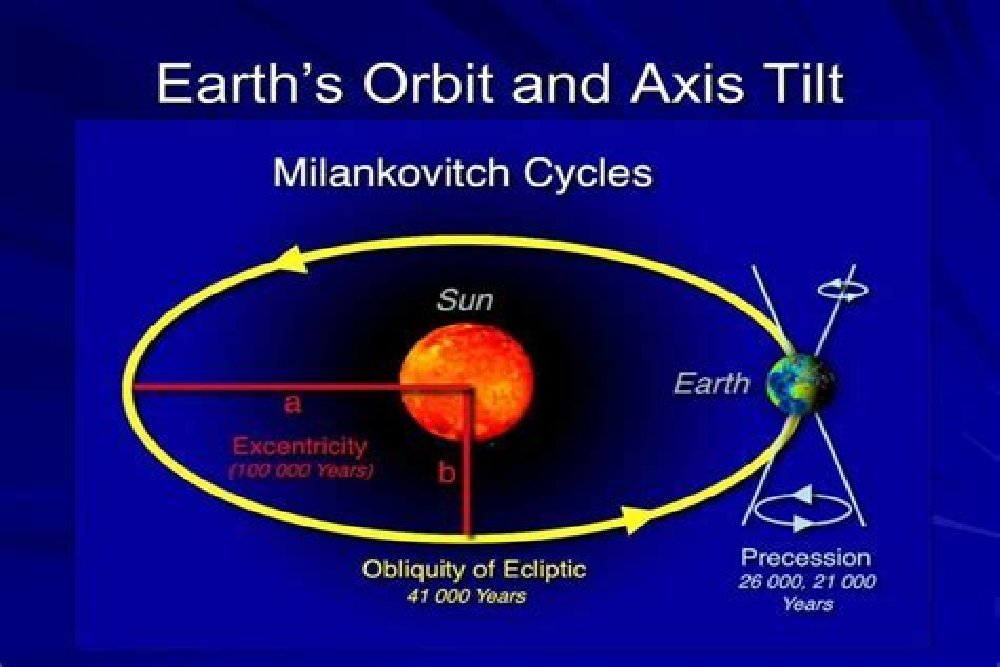
Did you have a taste of autumn in July 2023?Hardly there are any days without the media bombarding general public about the climate change with its stark effect on changing pattern of climate and unseasonal weather. Recently world witnessed very high molten earth and wildfire in a latitude consisting of Southern Europe, northern rim of Africa,mid China, northern India, California and Arizona. But in the UK ,in July we needed duvet to sleep and to put on jumper to go out, as the temperature was below 20 degree at an average!
We are witnessing a change in the climate and the nature simply refuses to follow the calender. We find four climates overlap each other profusely. As a child I remember from school days that monsoon starts like clock work in the beginning of June every year in Kerala, India. My mother used to tell Edavapathy had arrived, and we get torrential continuous downpour.In 1950s,hardly we get rain in December and January, but now I was told that months of monsoon have changed and there is no regular pattern for rain.
Previously it has been born out that in Summer, the northern hemisphere is tilted towards the Sun and in autumn the northern hemisphere begins to tilt away from the Sun. Whilst in Winter the northern hemisphere is fully tilted away from the Sun.and in Spring the northern hemisphere begins to tilt back towards the Sun again.Traditionally in summer we used to get more sunshine, fewer rain and wind, in autumn we get wind and rain and notice leaves falling.While winter brings cold weather, snow and shorter days , in spring it is showery, windy and having more sun shine and warmth.Also in spring we notice plants sprouting leaves and blossoming. But these climate patterns and natures display are changing.
Nowadays there is no exact definition for each climate, as we get rain in most months.When I came to this country in 1981, always there was ‘April showers’, which comes with sharp, short burst of rain. We normally get a lot of rain in autumn and on average the wettest month is October. Now that is changing and even in July we get rain most days and we hear about flash floods.
If the history of earth from its origin 4.5 billion years is examined, we find that earth had gone through a lot of changes like asteroids falling, and Incessant volcanic eruptions made earth very hot was described as a molten single chasm. Subsequent cooling changed it into the one with ocean. Continents are formed through tectonic plate movement. Later CO2, Methane, Nitrogen in the atmosphere helped to create flora. The exuberant growth of plants and leaves with chlorophyll absorbed more CO2 which helped to form glaciers in the ice age . Subsequently animals came into existence and 66 million years ago dinosaurs disappeared from the face of earth. Now we are in interglacial phase having warm and cool weather retaining the glaciers for 11700 years.

From the above discussion, we can expect the climate to evolve imperceptibly as time goes by. The change in the climate might NOT be felt for generations, but like now it can become obvious randomly. Change in the pattern of climate is not entirely due to CO2 and methane excess. Earth has witnessed periodic spell of CO2 and methane excess owing to the incessant volcanic eruptions, asteroid falling on earth and disintegration of earth’s mantle. Human existence and share of CO2 and methane production are insignificant , compared to the magnanimity of volcanic and other natural activities since the origin of earth. There are various factors for the changing pattern of climate. The key drivers in the pattern of climate change are due to earth’s orbit around sun and the axial tilt which affect the distribution of solar energy received by the planet.
As we are going through interglacial period, we can experience colder period followed by warmer period. Changes in Earth’s orbit and axis of earth are referred to as Milankovitch cycles. He proposed these variations as potential explanation for interglacial cycles. There are three main Milankovitch cycles:
1)Eccentricity: Earth’s orbit around the sun is not perfect circle but slightly elliptical. The degrees of ellipticity changes over long periods of hundred thousand (100000) years. Greater eccentricity leads to variations in the distance between earth and the sun throughout the year, impacting the amount of solar radiation received.
2)Obliquity: This refers to the tilt of Earth’s axis relative to its orbital plane. The tilt changes between 22.1 and 24.5 degrees over a cycle of approximately 41000 years. Greater tilt results in more extreme seasons affecting the amount of solar energy received at different latitudes.
3)Precession: Earth’s axis wobbles like a spinning top, and this wobbling motion alters the timing of the seasons. The precession cycle has a duration of about 26000 years. When these three cycles combine in specific ways, they can lead to periods of increased or decreased solar radiation. This is more pronounced on different latitudes on earth, triggering significant climate changes. For example, during periods of low eccentricity, when earth’s orbit is more circular there is less variation in solar radiation between seasons and latitudes. On the other hand when the eccentricity is high, seasonal and latitudinal variations in solar energy become more pronounced as occurred recently in Southern Europe,northern rim of Africa, parts of China and Arizona.
When earth is cooling, more glaciers are formed. The build up of ice is gradual occurring over thousands of years. As ice sheets and glaciers grow, they reflect more sun light back into space which further cools the planet, in a reinforcing cooling trend.It is important to note that while these orbital variations play a critical role in initiating an ice age, other factors like volcanic eruptions , ocean circulation pattern like Gulf and Jet streams, greenhouse gas concentrations of CO2,Nitrous oxide and Methane, thickness of atmosphere and feedback mechanisms within the earth system can also influence the magnitude and duration of glacial-interglacial cycles.
It is important to understand that change in the pattern of climate or unseasonal weather are not mainly caused by anthropogenic contributions. They are immensely happening as a consequence of Milankovitch cycles. Unseasonal weather can cause a lot of changes in everyday life. A washout in summer adversely affects most businesses, travel plans, holidays,festivals, sports and events. On the other hand fair amount of rain is a boon to a gardener as he or she does not have to water lawn, flowering shrubs and plants. This year, we had the highest rain in July(2023) which made the lawn looks lush green and pleasant!
Comment Form